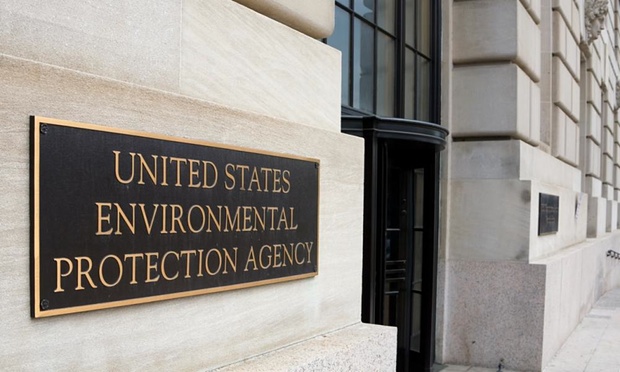Striking findings published in the Proceedings of the National Academy of Sciences and mBio reveal just how deadly the the Flint, Michigan water crisis was. According to the new data, the contamination prompted a Legionnaires’ outbreak in the area which killed 12 people and infected 80 more. Scientists confirmed that from 2014 to 2015, the low levels of chlorine in the municipal water system, along with the city switching from the Detroit water system to the Flint river, triggered a pneumonia outbreak.
Legionnaires’ disease is a form of pneumonia caused by the Legionella bacteria. People become infected by breathing in mist from water that contains the bacteria. It is not spread from person to person. For the most part, the disease is relatively rare. In the Flint area, only around six to 12 cases are reported each year. However, the new study concluded that during the water crisis, that number jumped to 45.
In April 2014, local officials decided to switch the Flint’s water source from Lake Huron to the Flint river, in a cost-cutting attempt. Residents noticed immediately that their tap water was discolored and had a foul smell. It took scientists a year to analyze the water samples and conclude that the Flint water was contaminated with lead and other heavy metals.
At the same time, local health clinics and hospitals were reporting a large number of people with Legionnaires’ disease. Scientists at first were not sure if the two were related to each other. Previous studies suggested that the low chlorine levels in the sewer system may have been responsible. Chlorine is known to neutralize the Legionella bacteria. However, old and corroding water pipes affected the chlorine levels and allowed the bacteria to breed.
Michelle Swanson of the University of Michigan said that when the local government switched its water source, the chlorine level in the pipelines dropped and cases of Legionnaires’ disease increased.
“It was the change in water source that causes this Legionnaires’ outbreak,” she said. “The really striking finding from our research is that the amount of chlorine that needs to be present is actually influenced by other factors in this large municipal water system. So, for example, during the Flint water crisis, the amount of chlorine that needed to be present to reduce the risk of disease was much higher than normal.”
This would explain why the number of people being infected with the Legionnaires’ disease ended when Flint switched back to its original water source. This, despite the Legionella bacteria not being completely eliminated from the water system.
Marc Edwards who is a professor of civil engineering at Virginia Tech said that the Legionella bacteria is still present in Flint’s water. In fact, Edwards explains that nearly 25 percent of all collected national samples have the bacteria. However, people need not fear of becoming sick if chlorine levels in their water systems are high.
Both Swanson and Edwards hope that their findings will also push various water companies to set new rules that will protect consumers.
Legionnaires disease is not particularly deadly but can be incredibly debilitating. Most healthy people exposed to the bacteria do not get sick at all. Those most at risk of getting infected are: people 50 years old and older, current and former smokers, people with chronic lung disease, and those with a compromised immune system. It is estimated that one out of every 10 people who contract the disease will die.
Sources include:
DailyMail.co.uk
NPR.org
CDC.gov














